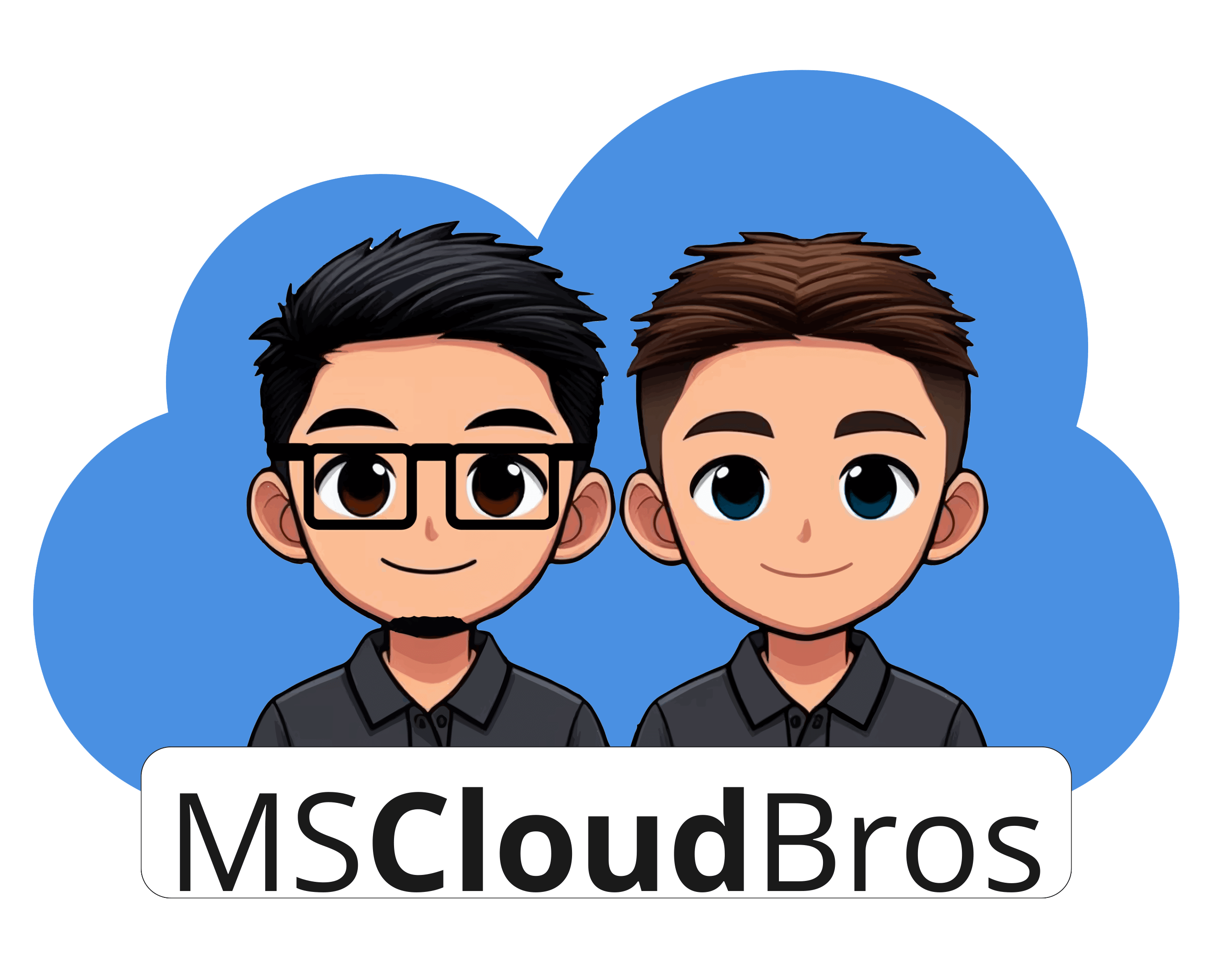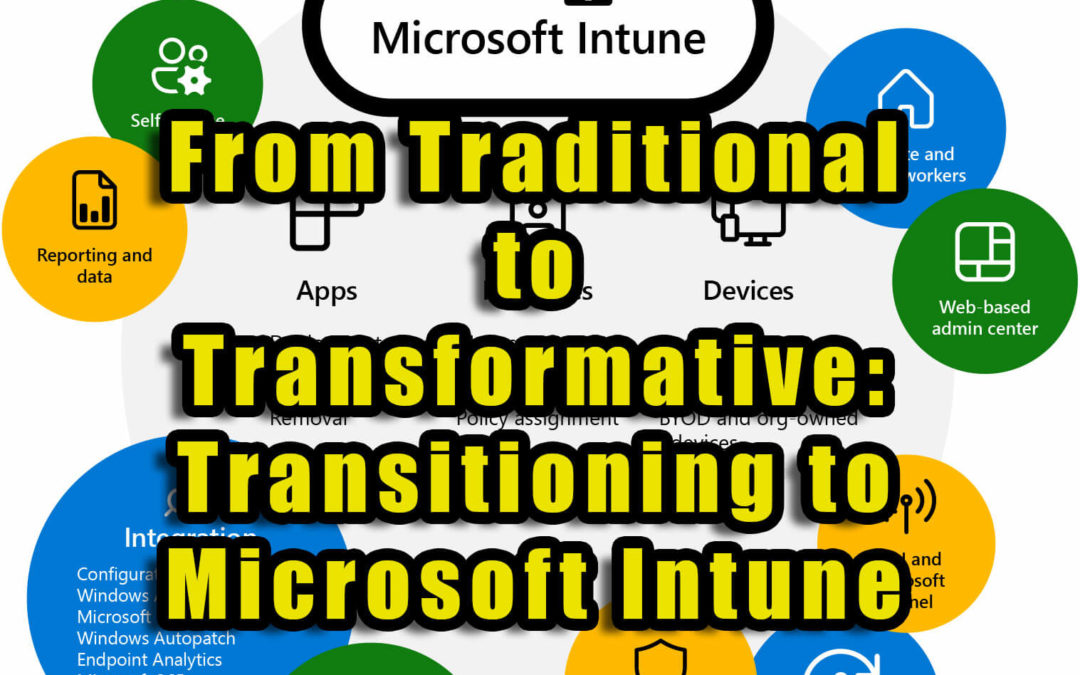Traditional Device Management and Its Limitations
Traditional device management often refers to the manual configuration and management of individual devices, such as computers, routers, and switches. This approach often involves a lot of time and effort, and can create various challenges.
Key limitations of traditional device management include:
- Limited scalability: As networks grow, it becomes increasingly difficult to manually manage all devices.
- No orchestration or software metering: Traditional systems lack advanced features like automatic task sequencing or software deployment and usage tracking.
- Security risks: Over-reliance on traditional management can lead to security vulnerabilities.
Why Microsoft Intune?
Microsoft Intune is an innovative, cloud-based service that offers mobile device and application management. It addresses the limitations of traditional device management and offers several key advantages:
- Scalability: Intune can easily handle an increasing number of devices as your business grows or changes.
- Advanced features: Intune provides orchestration, software metering, third-party integration, and more.
- Enhanced security: Intune has robust security features, including compliance policies, secure data access, and threat protection.
Making the Switch to Intune
Transitioning to Microsoft Intune involves several steps:
- Planning: Identify your organization’s needs and goals, and create a transition plan.
- Preparing your environment: Set up Intune, connect it to your Active Directory, and configure your device management policies.
- Migrating your devices: Gradually enroll your devices into Intune, starting with a pilot group.
- Testing and adjusting: Monitor the performance of Intune and adjust your settings as needed or based on user feedback.
While transitioning, remember to:
- Communicate with your team: Inform your team about the switch and provide training on using Intune.
- Avoid rushing: Take the time to properly set up and test Intune before fully migrating your devices.
Tips for a Smooth Transition
For those hesitant to make the switch, consider these tips:
- Start small: Begin by enrolling a small number of devices, and gradually increase this number as you become more comfortable with Intune.
- Leverage support resources: Microsoft offers comprehensive support resources to help you navigate the transition.
Evidence of Success
Many businesses have successfully transitioned to Intune and experienced significant benefits. For example, companies have reported a 50% reduction in device management time after switching to Intune and utilizing a feature called Autopilot.
In conclusion, transitioning from traditional device management to Microsoft Intune can bring numerous benefits to your organization. With careful planning and execution, you can ensure a smooth transition and start experiencing these benefits quickly.

